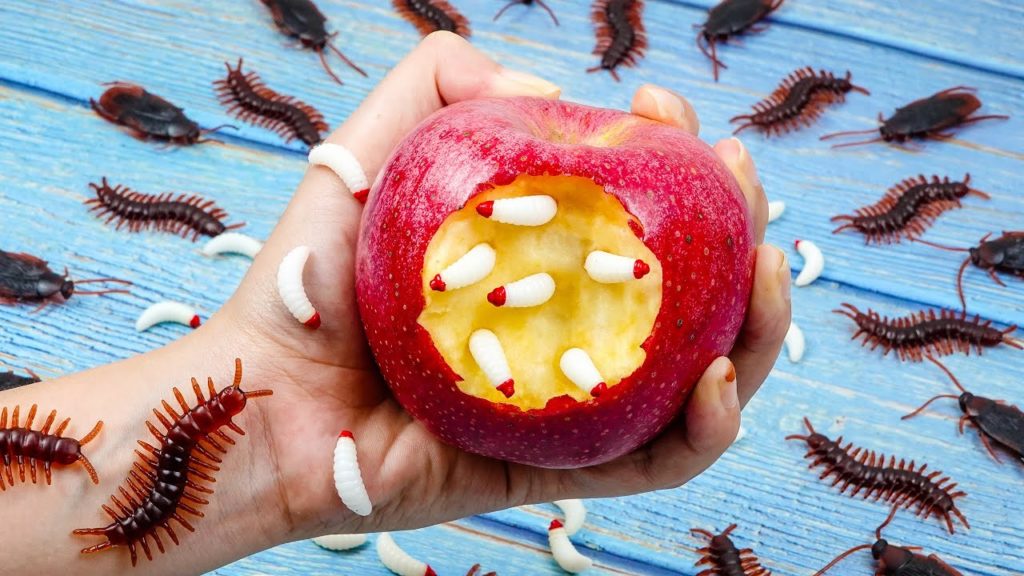By Victor Potrel, VP of platform partnerships at TheSoul Publishing
2020 has been a year like no other and it’s perhaps no surprise that we’ve been consuming an increasing amount of video content online. Whether for some relaxing escapism or to learn how to turn out the perfect sourdough loaf, the content we discover on social media has proved a valuable source of entertainment for many during lockdown periods.
As the year draws to a close, there are clear trends emerging in terms of how the type of video people like watching differs across channels. So let’s look at how brands can apply these learnings to optimising their social media strategy in 2021 and beyond.
Content that captured our attention in 2020
Across our most popular brands we’ve seen significant uplifts in the number of viewers accessing our content, with our biggest Facebook page – 5-Minute Crafts – showing an 82% increase in followers and a 27% increase in views over the first six months of the year. This has provided some interesting insights when it comes to identifying which sort of content really resonates.
ASMR (autonomous sensory meridian response) is, according to Wikipedia, a tingling sensation that typically begins on the scalp and moves down the back of the neck and upper spine. It is also a content trend. For us, this type of content has been one of the winners in 2020. Our most popular video of the year is from our Frankenfood YouTube channel “Sushi From Insects And Rotten Fish,” featuring ASMR and has received 174 million views to date. In a time when we’re all lacking the stimulation we’re used to, surprising, positive and entertaining content appears to be an effective substitute.
Practical content relevant to the lockdowns has also been a clear winner, with videos such as easy growing plant hacks securing millions of views. What we’ve also found is that hacks or crafting techniques being replicable isn’t the top priority. Many viewers enjoy spending time watching complicated ideas for the pleasure of it; not because they want to put it into practice themselves. Like this home decor video, that begins with creating a table out of a used tire.
What brands can learn from these trends
When we break down our top ten lists, across markets and across channels, an interesting pattern emerges.
On YouTube, viewers loved getting to grips with some of the more surprising viral trends, such as the red vs. blue challenge and only eating hot or cold food for 24 hours – each video obtaining 50 million views on YouTube alone. This is a platform where viewers enjoyed trending and lighthearted content, which allows them to have fun and connect with relatable characters.
On TikTok meanwhile, we see a different story. Looking across our top ten lists, there was a clear theme of more practical inspiration taking a lead, whether that’s the mundane – how to secure floor mats – or something more creative. The element of surprise to the audience was also important.
From a brand perspective this may help provide some guidance for how viewers use different channels. On YouTube, with its approach of always prompting you with “what’s next,” the key has been sharing engaging stories that can be watched in succession and build loyalty. However, if the aim is to produce content to encourage users to carry out an immediate action, Facebook or TikTok might be the better option. The short format of TikTok videos is ideal for simpler “how-to” inspiration or hacks, while Facebook allows content creators to have a chance of capturing a large audience attention and to “go viral”.
Content to keep us sane
At a time when the news is associated with negativity, it’s clear that positive and entertaining content, which takes us away from some of the starker realities, has been a source of solace.
Beyond selling products, brands are an important point of reference to consumers and play an ever-more visible part in the public space. Understanding this will provide not only a commercial benefit, but also the opportunity









